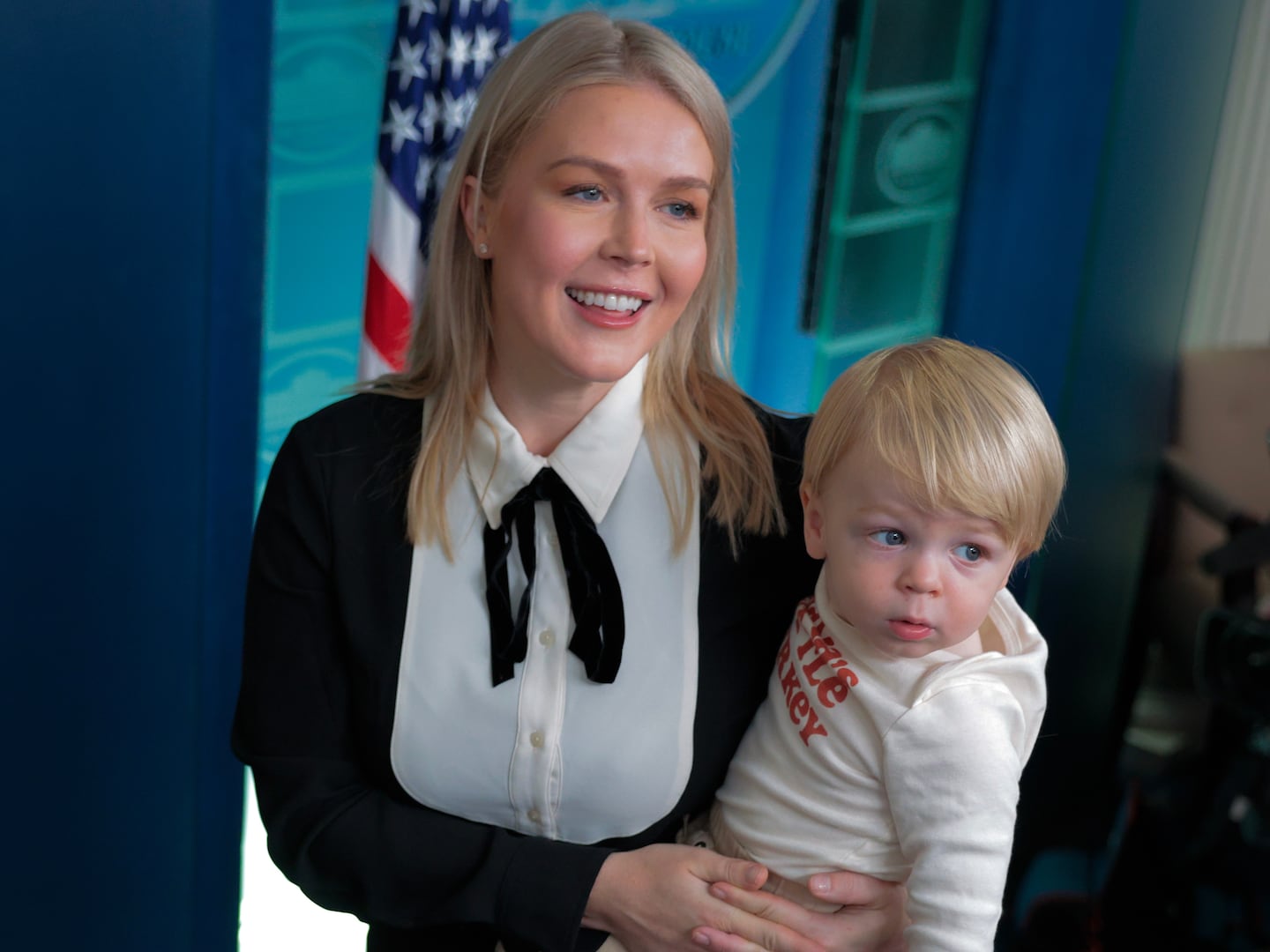On Nov. 12 of last year, 37-year-old Tanisha Anderson left the home she shared with her mother and teenage daughter in nothing but a nightgown for the second time that night. Knowing that Anderson—diagnosed with bipolar disorder and schizophrenia—was barefoot and out in near-freezing temperatures, her family called the police for help bringing her back.
Within an hour of their call, Anderson would be dead, as a result of being physically restrained by officers with the Cleveland police. Though Anderson was neither armed, violent, intoxicated, nor suspected of criminal activity, according to the wrongful-death lawsuit filed by her family against the city of Cleveland, she was slammed onto the sidewalk, and her face pushed into the pavement, before she was handcuffed and left unconscious and half-naked on the street.
For parents of children with mental illnesses, this scenario is the stuff of nightmares. Many of these parents—often still caretakers for their adult children—are reluctant to call 911 in fear that a poorly trained officer will escalate a mental-health emergency into a crime. But faced with violent or self-harming children and a lack of support services, they often find they have no other options.
Emma is mother to 19-year-old Steven, who lives at home with a cocktail of diagnoses that include autism and a mood disorder. (She asked that their names not be used for fear that media attention will compromise Steven’s position on the waitlist at a residential facility.) The bad times started when Steven was around 9 years old—hallucinations, delusions, and violent outbursts that can last for days.
Over the years, Emma says there have been “a handful of times that he almost got me.” Steven has pulled her hair with such force that a piece of her scalp came with it. She keeps running shoes on at all times, in case she has to escape. Once in the park, she had to run back into a beating from Steven to protect nearby children and pregnant women from his rage.
Still, Emma said she rarely calls the police, and never if the violence happens at home. “There’s nothing the police can do,” she said. “And a lot of times I’m in my safe zone upstairs and I can’t get down to open the front door for them, and then what? They’ll bust the door down, Steven will come at them, and there’s no good way for that to end.”
For other parents, perhaps less industrious than Emma, 911 is still the is the first line of response.
A series of focus groups led by Maryland’s Department of Health found that 72 percent of families relied on law enforcement when their child was in crisis. Of the 28 families who called 911, only 16 reported the police response had been helpful. One parent described the cycle and the range of service like this, “Police showed up—ranged from very helpful to a police officer who in 10 seconds tased my son.”
Though 4.1 percent of all U.S. adults have a serious mental illness—9.6 million adults, according to the National Institute of Mental Health—many U.S. law enforcement agencies are inadequate in their responses to calls concerning the mentally ill. In 2014, an investigation by the Department of Justice found that a “significant amount” of deadly force by the Albuquerque Police Department was used against people with mental illness and in crisis. In Cleveland, the DOJ reported, police unnecessarily used force and OC spray against people in custody who were mentally ill. In one incident, the agency says Cleveland police tased a suicidal deaf man “who committed no crime, posed minimal risk to officers, and may not have understood officers’ commands.”
Cleveland’s official police order for “handling the mentally ill” offers not a single piece of guidance to officers on the special needs of the mentally ill—like suggestions on how to alter force or techniques to deescalate a tense situation with someone who may be in a mental-health crisis. It requires that officers “stabilize any dangerous or potentially dangerous situation, using handcuffs if necessary,” without guidance on how stabilization should be reached.]
In previous years, similar reports have been issued for agencies in Portland, Seattle, and New Orleans.
A report from the Treatment Advocacy Center and the National Sheriffs Association estimated at least half of the people shot and killed by police have a mental illness. One of the recommendations from that report was to “return the responsibility for individuals with serious mental illness to the mental-health system.” Several agencies across the country are attempting to do just that, by beefing up existing services like crisis hotlines and community-based support for parents to turn to during emergencies, though many only apply to children under 21 years old.
In August 2009, when Illinois mom Chrisa Hickey saw her son Tim—diagnosed at 11 with childhood schizophrenia—pacing, rocking, talking to himself, and wetting the bed, her mind flashed back to a previous encounter. Just six months before, he had threatened her with a knife, punched her in the face, and run away from their home without his shoes on. Instead of calling the police, she reached out to the Illinois CARE line, a hotline for parents with kids with mental illness. They sent out a support worker who evaluated Tim and helped him get into an inpatient facility.
“We really do really fear the police,” Hickey said. “In addition to being 6’1 and having schizophrenia, he’s also black. So he’s got a double whammy.”
As for calling the police, Hickey said when things get scary, she doesn’t have a choice. “I have two other kids,” she said. “I would call the police and worry about [the outcome] later.”
Hickey found a close relationship with police has helped allay those fears to some extent. She began working with the Chicago Police’s Crisis Intervention team (CIT)—which specially trains officers on how to interact with people with mental illness and respond to crises and connects police with mental-health providers and people touched by mental illness. A study from the National Institute of Mental Health in 2010 found that CIT-trained officers made fewer arrests, used less force, and connected more people with mental-health services than their non-trained peers.
Speaking for the program, Hickey said, “We have plenty of other issues, but Chicago police don’t shoot people with mental illness.”
For Julie Joyce, the police officer that started Chicago’s special juvenile CIT program, the issue is personal. When her now-adult son—diagnosed with bipolar and ADHD disorders—was a child, he was one of the first adolescents to talk to officers about life with mental illness.
“It’s amazing when you take a police officer and you have a kid tell them what it’s like to have a mental illness. They hear every part of that,” Joyce says. That’s the personal experience she says, police will take with them to future calls.
According to Joyce, other cities are now taking Chicago’s CIT training course, and bringing what they learn back home.
“It is spreading,” Joyce said. “Just not fast enough.”





